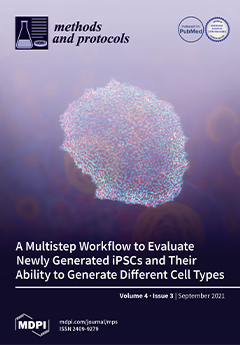Open AccessStudy Protocol
Experimental Protocol to Assess Neuromuscular Plasticity Induced by an Exoskeleton Training Session
by
Roberto Di Marco, Maria Rubega, Olive Lennon, Emanuela Formaggio, Ngadhnjim Sutaj, Giacomo Dazzi, Chiara Venturin, Ilenia Bonini, Rupert Ortner, Humberto Antonio Cerrel Bazo, Luca Tonin, Stefano Tortora, Stefano Masiero, Alessandra Del Felice and on behalf of the PRO GAIT Consortium
Cited by 9 | Viewed by 4431
Abstract
Exoskeleton gait rehabilitation is an emerging area of research, with potential applications in the elderly and in people with central nervous system lesions, e.g., stroke, traumatic brain/spinal cord injury. However, adaptability of such technologies to the user is still an unmet goal. Despite
[...] Read more.
Exoskeleton gait rehabilitation is an emerging area of research, with potential applications in the elderly and in people with central nervous system lesions, e.g., stroke, traumatic brain/spinal cord injury. However, adaptability of such technologies to the user is still an unmet goal. Despite important technological advances, these robotic systems still lack the fine tuning necessary to adapt to the physiological modification of the user and are not yet capable of a proper human-machine interaction. Interfaces based on physiological signals, e.g., recorded by electroencephalography (EEG) and/or electromyography (EMG), could contribute to solving this technological challenge. This protocol aims to: (1) quantify neuro-muscular plasticity induced by a single training session with a robotic exoskeleton on post-stroke people and on a group of age and sex-matched controls; (2) test the feasibility of predicting lower limb motor trajectory from physiological signals for future use as control signal for the robot. An active exoskeleton that can be set in full mode (i.e., the robot fully replaces and drives the user motion), adaptive mode (i.e., assistance to the user can be tuned according to his/her needs), and free mode (i.e., the robot completely follows the user movements) will be used. Participants will undergo a preparation session, i.e., EMG sensors and EEG cap placement and inertial sensors attachment to measure, respectively, muscular and cortical activity, and motion. They will then be asked to walk in a 15 m corridor: (i) self-paced without the exoskeleton (pre-training session); (ii) wearing the exoskeleton and walking with the three modes of use; (iii) self-paced without the exoskeleton (post-training session). From this dataset, we will: (1) quantitatively estimate short-term neuroplasticity of brain connectivity in chronic stroke survivors after a single session of gait training; (2) compare muscle activation patterns during exoskeleton-gait between stroke survivors and age and sex-matched controls; and (3) perform a feasibility analysis on the use of physiological signals to decode gait intentions.
Full article
►▼
Show Figures






